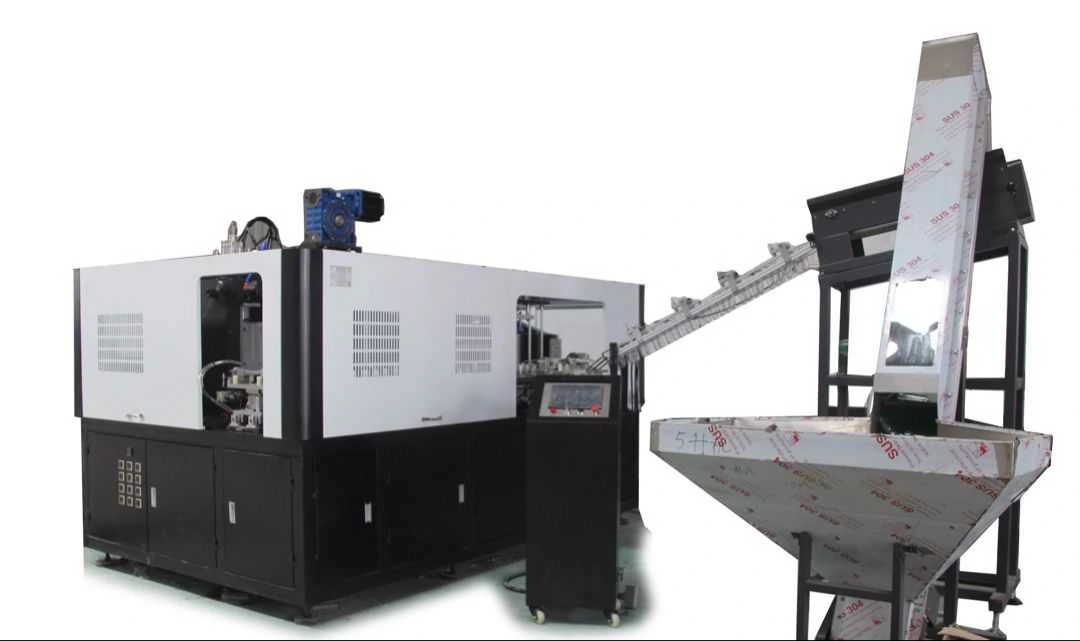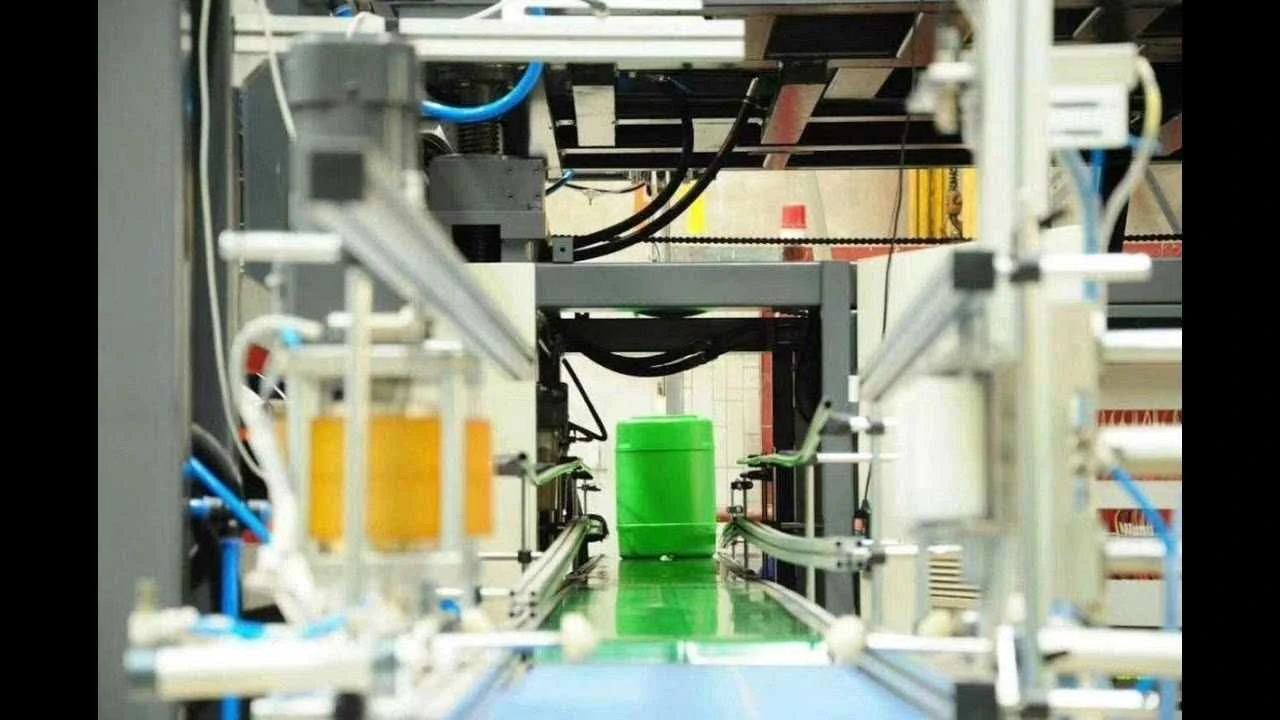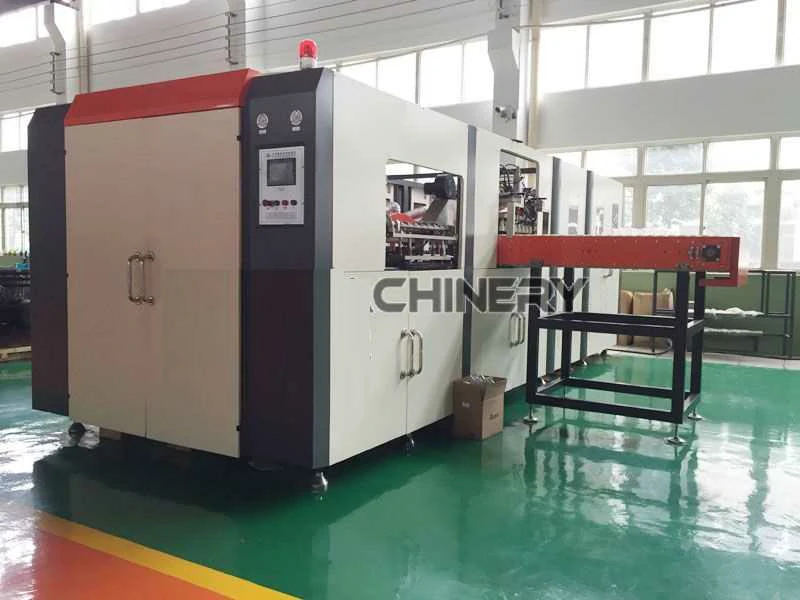Mastering Blow Molding Quality Control
Blow molding is a widely used manufacturing process that involves shaping plastic into hollow objects such as bottles and containers. As with any manufacturing process, ensuring the quality of the final product is crucial for customer satisfaction and brand reputation. In this article, we will discuss the key aspects of blow molding quality control and how manufacturers can master it.
Understanding Blow Molding Process
Before diving into quality control measures, it is important to understand the blow molding process. There are three main types of blow molding: extrusion blow molding, injection blow molding, and stretch blow molding. Each process involves heating plastic resin, shaping it into a mold, and then cooling and solidifying it. The choice of process depends on the desired product and production volume.
Defining Quality Standards
To ensure consistent quality, it is essential to define specific quality standards for blow molded products. This includes establishing parameters for dimensions, wall thickness, weight, color, and surface finish. These standards can be based on industry regulations, customer requirements, or internal benchmarks. Clear and measurable quality standards provide a basis for effective quality control.
Raw Material Inspection
The quality of blow molded products heavily depends on the quality of the raw materials, primarily the plastic resin. Manufacturers should have a rigorous inspection process in place to ensure that the resin meets the required specifications. This includes checking for impurities, moisture content, and proper melt flow index. Regular sampling and testing of incoming raw materials help identify any potential issues before they affect the final product.
Machine Calibration
Blow molding machines need to be calibrated regularly to ensure consistent and accurate production. This involves checking and adjusting various parameters such as temperature, pressure, and timing. Calibration should be performed by trained technicians using calibrated equipment. Regular maintenance and calibration of the machines help minimize variations and improve product quality.

In-Process Monitoring

During the blow molding process, it is crucial to monitor key parameters to detect any deviations from the desired specifications. This can be done through real-time monitoring systems that measure variables such as temperature, pressure, and cycle time. Any abnormalities should trigger immediate corrective actions to prevent the production of defective parts. Continuous monitoring helps identify and resolve potential issues before they escalate.
Inspection and Testing
Inspecting and testing blow molded products at different stages of production is essential for quality control. This includes visual inspection for defects such as flash, sink marks, or surface imperfections. Additionally, dimensional measurements and weight checks ensure that the products meet the specified requirements. Non-destructive testing methods like ultrasonic or pressure testing can also be employed to assess the integrity of the final product.
Traceability and Documentation
Maintaining traceability of blow molded products is vital for quality control and product recalls, if necessary. Each product should be assigned a unique identifier that allows tracking its manufacturing history, including raw material batch numbers, machine settings, and inspection results. Detailed documentation of the entire production process ensures accountability and provides valuable data for continuous improvement.
Employee Training
Skilled and knowledgeable operators play a critical role in blow molding quality control. Providing comprehensive training on the blow molding process, quality standards, and inspection techniques is essential. Operators should be educated about potential defects, their causes, and how to prevent them. Regular training sessions and knowledge sharing among employees help maintain a high level of quality awareness and expertise.

Continuous Improvement
Quality control is an ongoing process that requires continuous improvement efforts. Manufacturers should regularly analyze quality-related data, including customer feedback and internal quality metrics, to identify areas for improvement. Implementing corrective and preventive actions based on root cause analysis helps address underlying issues and prevent future defects. Regular audits and reviews of quality control procedures ensure their effectiveness and adherence.
Conclusion
Mastering blow molding quality control is essential for manufacturers to deliver consistent, reliable, and defect-free products. By defining quality standards, inspecting raw materials, monitoring the process, conducting inspections and tests, maintaining traceability, providing employee training, and continuously improving, manufacturers can achieve superior blow molding quality control. This not only enhances customer satisfaction but also strengthens brand reputation in the competitive market.
https://morningreported.com/
